Rising Star Chef Gavin Kaysen Preaches Passion During Commencement Address at The Culinary Institute of America
Tuesday, 30 November 2010 20:12
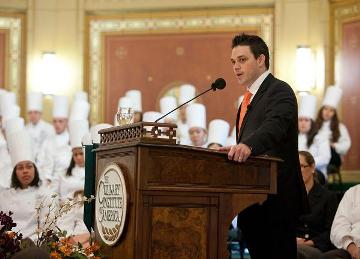 Thirty-one-year-old Gavin Kaysen, executive chef at the acclaimed Café Boulud in New York City, spoke to graduates at The Culinary Institute of America (CIA) about their need to be passionate in their career choice. Kaysen delivered the commencement address at the college on Friday, October 22.
Thirty-one-year-old Gavin Kaysen, executive chef at the acclaimed Café Boulud in New York City, spoke to graduates at The Culinary Institute of America (CIA) about their need to be passionate in their career choice. Kaysen delivered the commencement address at the college on Friday, October 22.
“Passion will not be conferred upon you at some later date. You either have it now or you don't," said Kaysen, who, in the last six years, has been honored as a “Rising Star” and “Best New Chef” by Food & Wine, Restaurant Hospitality, Riviera and Gayot magazines, as well as by the James Beard Foundation. In 2007, he represented the United States in the Bocuse d'Or international cooking competition after winning the national finals.

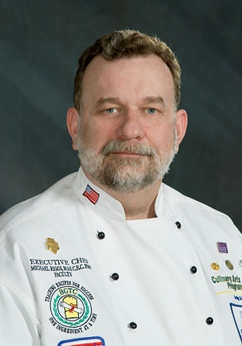 An educator returns from a summer excursion abroad with a new appreciation of community and culture communicated through food and cuisine.
An educator returns from a summer excursion abroad with a new appreciation of community and culture communicated through food and cuisine.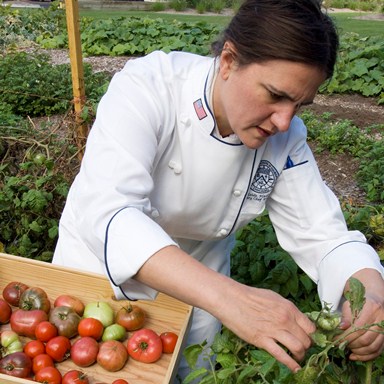 Korean tacos, Southern comfort and “frugality fatigue” are among the leading restaurant trends predicted by Technomic for next year.
Korean tacos, Southern comfort and “frugality fatigue” are among the leading restaurant trends predicted by Technomic for next year. Grant program honoring exemplary culinary training across the nation exposed food editors and other media to educators’ innovations on the plate during the 2010 IFEC Conference in New Orleans.
Grant program honoring exemplary culinary training across the nation exposed food editors and other media to educators’ innovations on the plate during the 2010 IFEC Conference in New Orleans.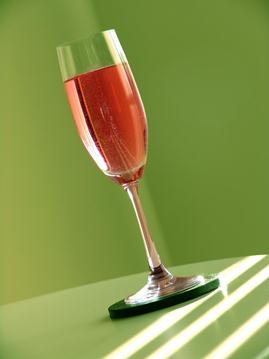 Having identified types of sparkling wines, here’s how to serve them.
Having identified types of sparkling wines, here’s how to serve them.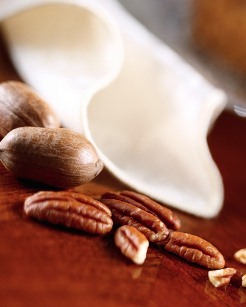 Recent research suggests pecans, applicable in recipes for every season, are packed with nutrition.
Recent research suggests pecans, applicable in recipes for every season, are packed with nutrition.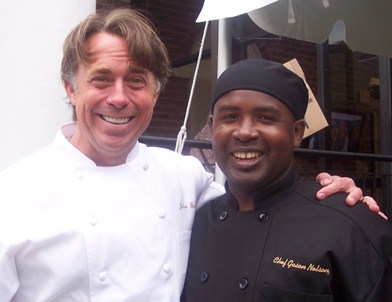 Private chef to an NFL running back, Gason Nelson of New Orleans provides a winning combination of professional culinary skills and hard work with a down-to-earth attitude.
Private chef to an NFL running back, Gason Nelson of New Orleans provides a winning combination of professional culinary skills and hard work with a down-to-earth attitude.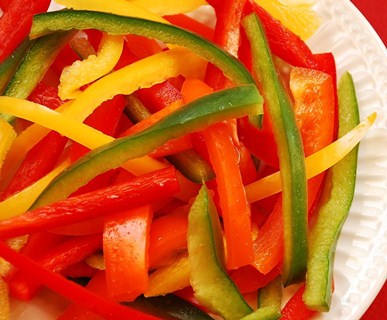 Chef Weiner continues his advice for students on knife selection and maintenance. This month: properly using knives.
Chef Weiner continues his advice for students on knife selection and maintenance. This month: properly using knives.